
On the 13th of June employees from Atkins and Pick Everard, teamed up to spend an afternoon volunteering with Surrey Hills Society (SHS) across Banstead Downs. The group of volunteers spent the afternoon, working out in the sun to support the Banstead Common Conservators (BCC) with the maintenance of the Downs, pulling back invasive species across the land.
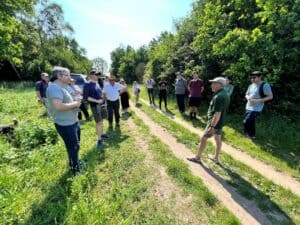 Specifically the team supported with the removal of Canadian Goldenrod, an invasive species that had taken over vast swathes of the fields across the downs, causing other indigenous flora to die back. The reduction in biodiversity across the Downs was threatening the existence of some of the local wildlife, such as the Small Blue butterfly, due to the change in their natural habitat.
Specifically the team supported with the removal of Canadian Goldenrod, an invasive species that had taken over vast swathes of the fields across the downs, causing other indigenous flora to die back. The reduction in biodiversity across the Downs was threatening the existence of some of the local wildlife, such as the Small Blue butterfly, due to the change in their natural habitat.


Our team of volunteers split into three groups to tackle the land and with the support of the team from SHS and BCC, were successfully able to pull back the majority of the Goldenrod! We all left feeling incredibly satisfied with the day’s work but, also with a much greater understanding of the history of this local area as well as the natural wild flora and fauna that complete it.
Working with the two charities, SHS and BCC was the clear highlight for all involved. It was incredibly rewarding to work with such a knowledgeable team and broaden our understanding of the local environment and importance of its conservation for the direct wildlife involved.
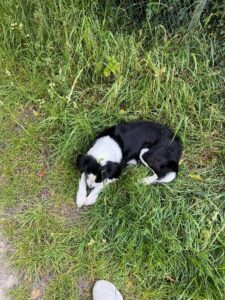
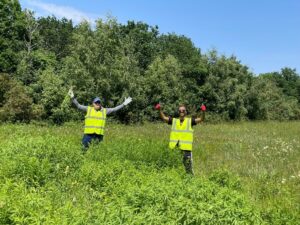
Thank you so much to Christa Emmett for supporting with the organisation of this day, as well as the wider team for sharing all of their expertise with us!
The team would also like to make an honourable mention of Indi the dog, who provided much needed motivation and encouragement to the teams throughout the afternoon!
“It was great not only to be able to learn more about the flora on my doorstep but to do so while contributing to the conservation of this beautiful natural grassland. I will definitely keep an eye out for other conservation opportunities or a guided walk with Surrey Hills Society. I have however checked out a local wildlife site nearby and rather than viewing it as a “patch of grassland” used my new skills to pick out knapweed, rattle and birdsfoot trefoil!”
Sarah Horrocks, Head of Air Quality and Emissions on volunteering with Surrey Hills.
Alice Bettis Marsh, Atkins Epsom


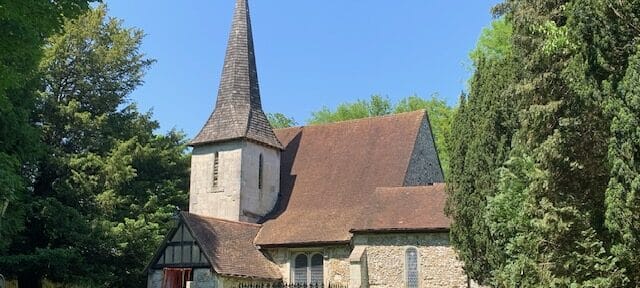
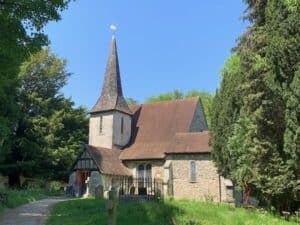
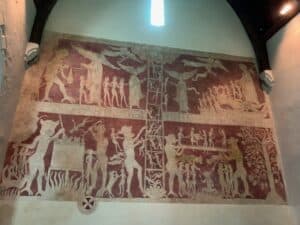
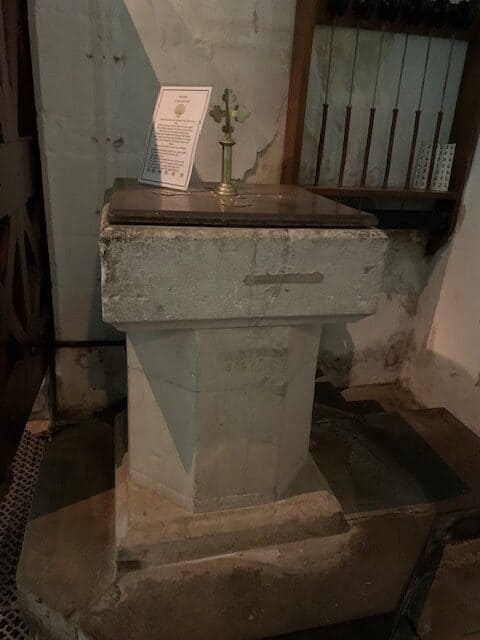

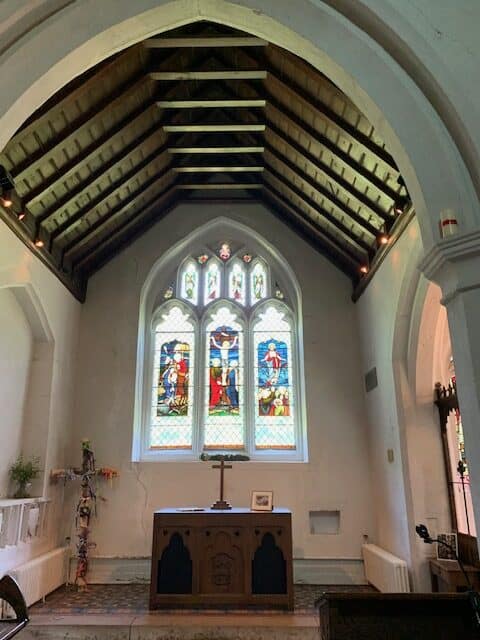
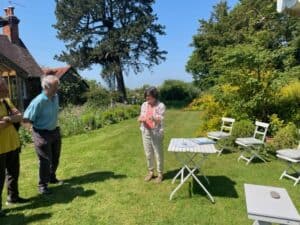
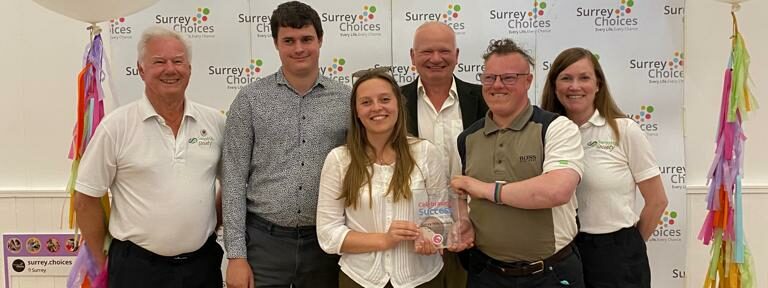
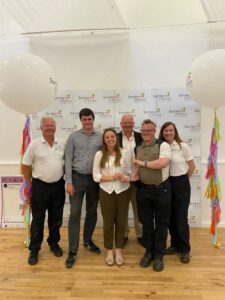
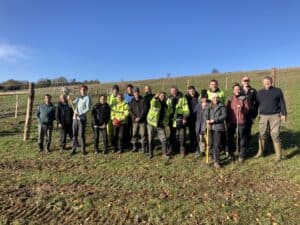
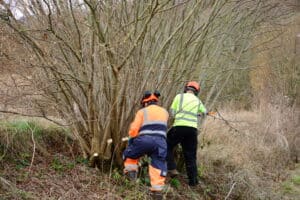

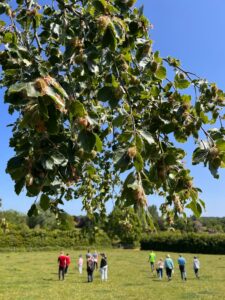
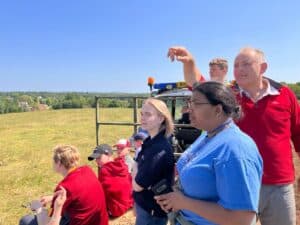
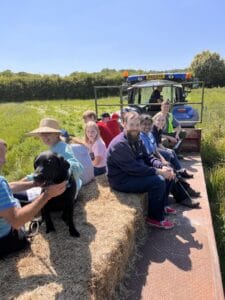
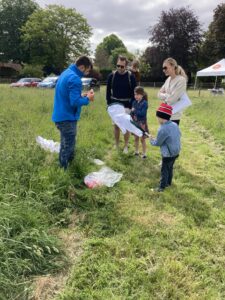 Many of the younger group enjoyed making bird feeders and finding a variety of insects by sweeping the meadow with large nets. Bug Life, the Invertebrate Conservation Trust, highlighted the decline in insects and what can be done to save them.
Many of the younger group enjoyed making bird feeders and finding a variety of insects by sweeping the meadow with large nets. Bug Life, the Invertebrate Conservation Trust, highlighted the decline in insects and what can be done to save them.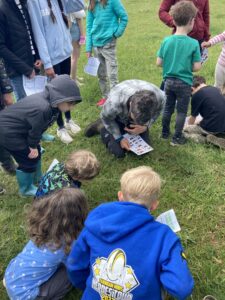 Finally on a nature walk through the fields while we spotted only a couple of butterflies because of the strong wind we saw grasshoppers and ladybirds along with a variety of birds including swallows, swifts and red kites.
Finally on a nature walk through the fields while we spotted only a couple of butterflies because of the strong wind we saw grasshoppers and ladybirds along with a variety of birds including swallows, swifts and red kites.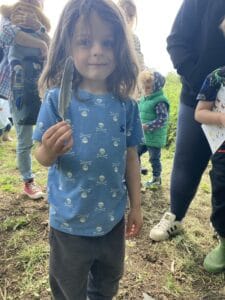
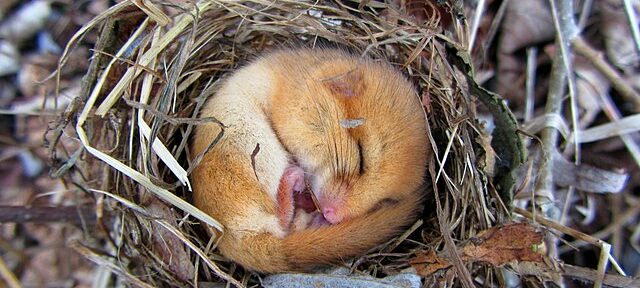
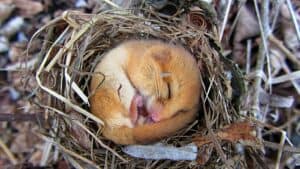


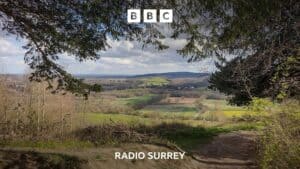
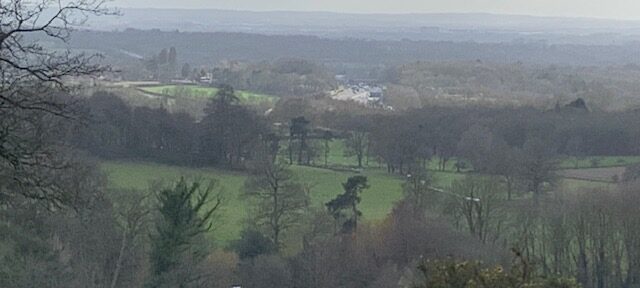
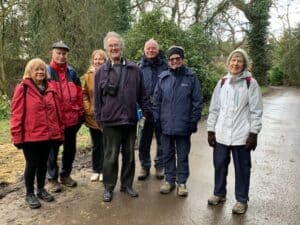 On Tuesday 21st March, a group of 22 society members made a visit to Bletchingley and some of the surrounding area. We formed two groups so that numbers were more manageable with one group doing a walk in the morning, and the other a tour of the village, and in the afternoon, after lunch in the Red Lion, we swapped over.
On Tuesday 21st March, a group of 22 society members made a visit to Bletchingley and some of the surrounding area. We formed two groups so that numbers were more manageable with one group doing a walk in the morning, and the other a tour of the village, and in the afternoon, after lunch in the Red Lion, we swapped over.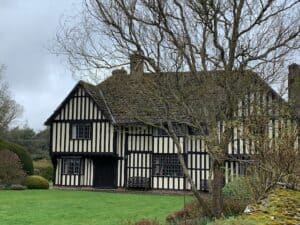 The house at Place Farm formed the gatehouse of Bletchingley Palace; a great Tudor house, which Anne of Cleves occupied after her marriage to Henry VIII, was annulled. Also, to the north can be found Brewer Street Farm (15th century) and the Old Rectory (1786).
The house at Place Farm formed the gatehouse of Bletchingley Palace; a great Tudor house, which Anne of Cleves occupied after her marriage to Henry VIII, was annulled. Also, to the north can be found Brewer Street Farm (15th century) and the Old Rectory (1786).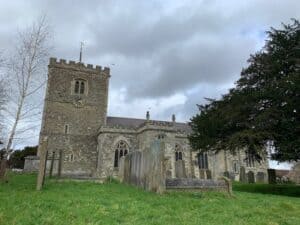 David was able to tell us a lot about the church while we were in there, before our walk up the High Street.
David was able to tell us a lot about the church while we were in there, before our walk up the High Street.

